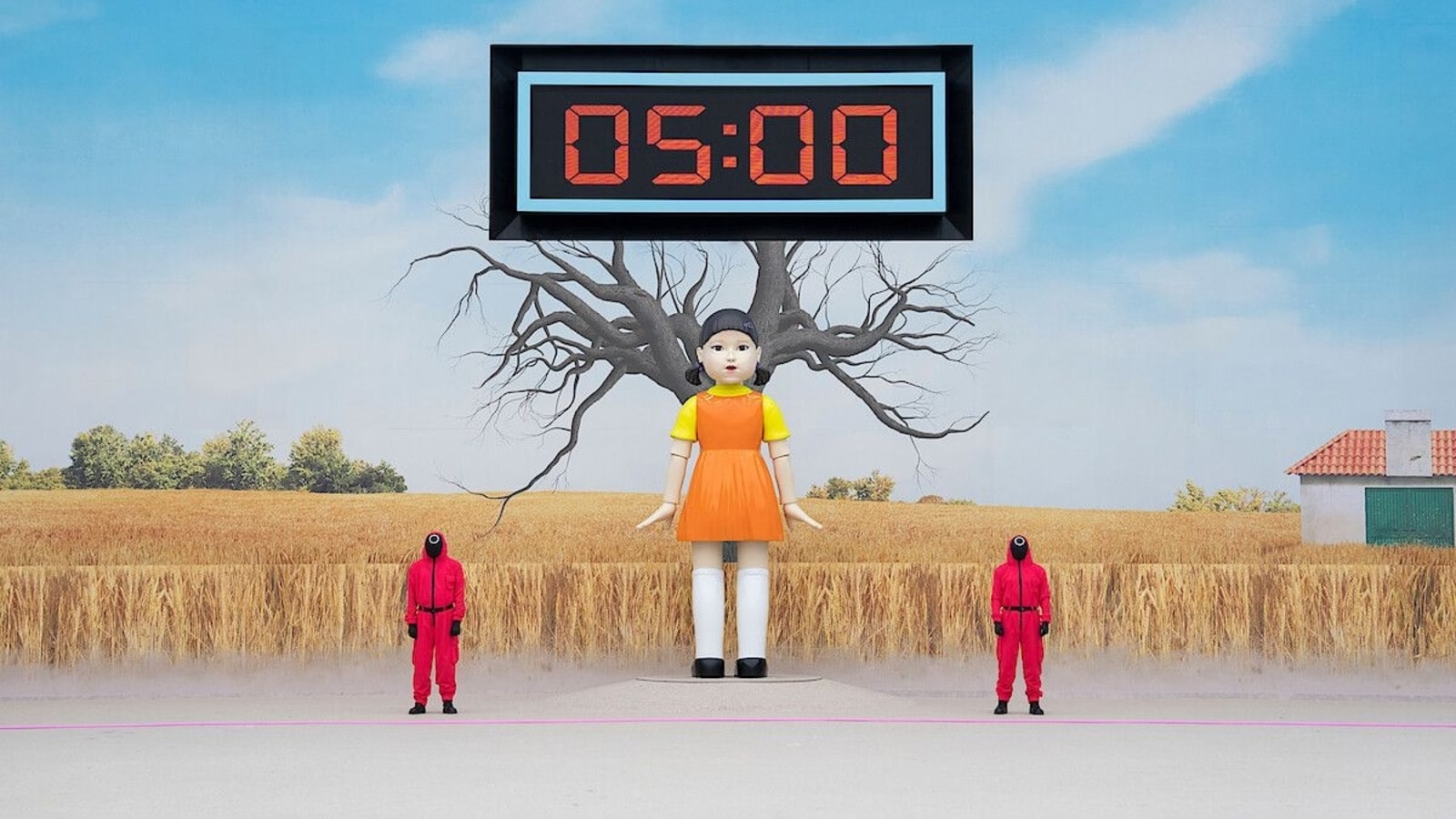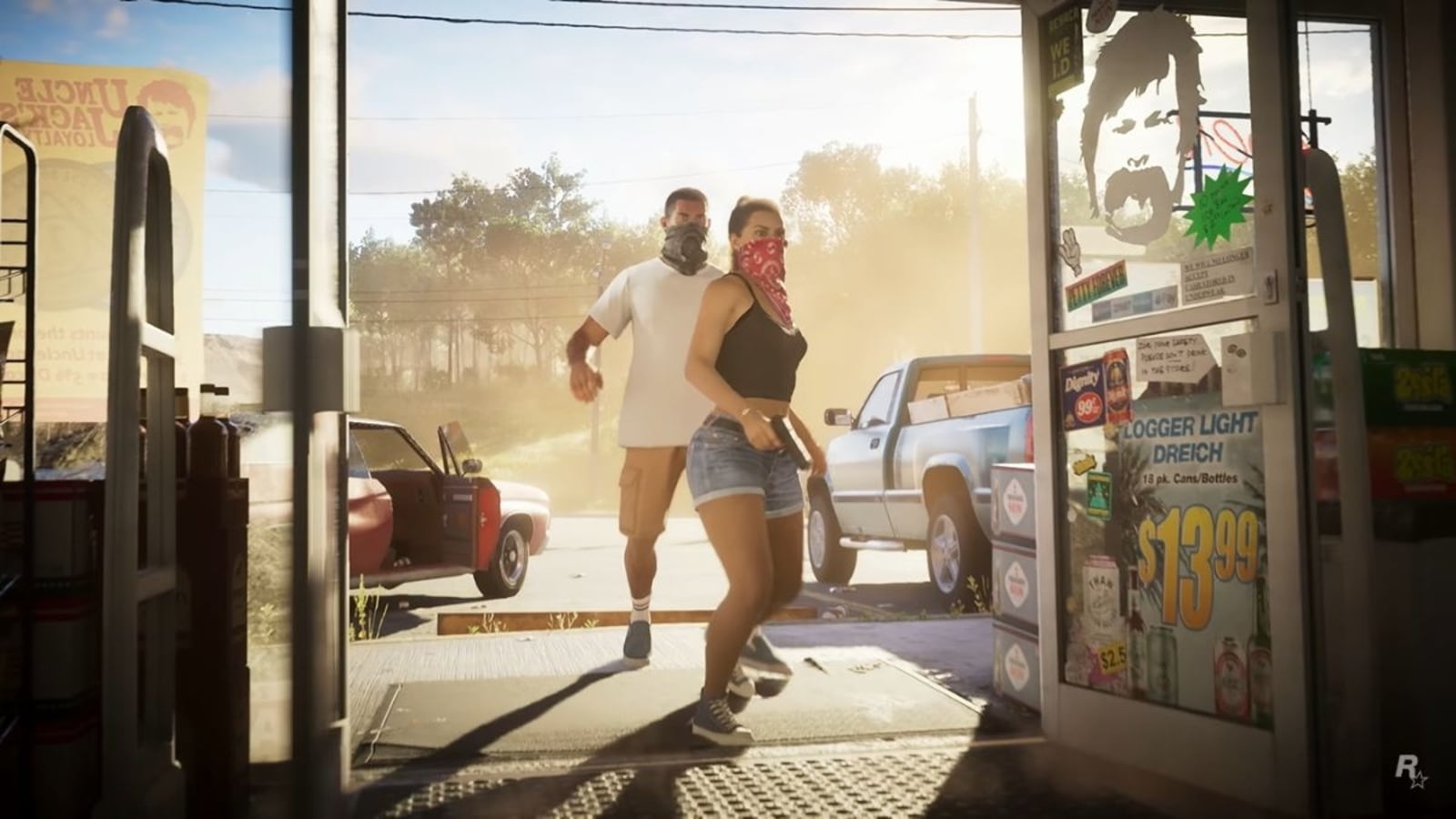The United States added 187,000 jobs in August but the unemployment rate jumped unexpectedly, reflecting the impact of high interest rates and the U.S. economy’s gradual cooling from the boom that followed pandemic lockdowns.
The data, reported Friday by the Labor Department, is the latest indication that hiring has weakened over the summer. After a run of 29 months in which job growth never dipped below 200,000, seasonally adjusted, the last three months have all fallen short of that mark.
The unemployment rate rose to 3.8 percent from 3.5 percent in July, likely for a good reason: More people started to look for work. The job growth figures for June and July were revised down by a combined 110,000 jobs, contributing to a picture slightly weaker than it previously appeared.
Still, there is no sign of an imminent recession that would result in widespread joblessness, and the August gain was still significantly above the number of jobs required to absorb the flow of people into the labor force. Hourly earnings rose 4.3 percent over the month, slightly less than expected, and mostly level with the pace of wage growth since the spring.
The recent hiring figures are subject to further revision, but the generally smooth downward trend is a sign that while the labor market isn’t as hot as it was during the height of the pandemic recovery, it may be stabilizing in a better place than it was before 2020.
“The good news is, it’s a normal that favors workers more than we’re used to over the past 25 years,” said Justin Bloesch, an assistant professor of economics at Cornell University. Moreover, he noted, stability has its own benefits: People are more likely to be part of the work force if they feel confident they’ll be able to stay there awhile.
“This is where we start to get to the time where the duration of a good labor market matters more than how good,” Dr. Bloesch said.
Much of the slowdown has come from industries that are returning to more typical levels after the pandemic’s upheaval. Exhibit A: truck transportation, which grew to serve a stay-at-home online shopping spree and shrank as it died down. Trucking company payrolls have flattened out, which probably masks an outright decline since many contracted owner-operators have also parked their rigs.
The bankruptcy of Yellow, which employed about 30,000 drivers and other staff members, probably accelerated that process as the amount of available work has shrunk.
“The truck job market has gone from excruciatingly tight in 2021 and the first half of 2022 to being as loose as it’s been since sometime shortly after the Great Recession,” said Kenny Vieth, president and senior analyst at ACT Research. “With Yellow taking 20-plus-thousand drivers out of the market, it’s a start in getting supply under control.”
Those shifts are evident in the overall number of job openings per unemployed worker, which declined to about 1.5 in July from more than two in early 2022, indicating that employers’ appetite for labor is nearly sated. The average number of hours worked per week has also fully receded, with overtime becoming less essential as payrolls have filled out.
With those hiring frenzies unwinding, employment growth has narrowed to a few industries that are still in recovery, like leisure and hospitality, or are set up for sustained demand because of structural factors in the economy, like education and health care. Both of those are also disproportionately supplied by immigrants and women, groups that have entered the labor force at rates that surprised many analysts.
“At some point, and you’re seeing that somewhat on the leisure and hospitality side, those legs run out,” said Stephen Juneau, an economist with Bank of America Merrill Lynch. “Health services are structurally supported by aging demographics, and we’re just getting hospital funding back to normal. Once those support legs come off, what are we left with?”
























